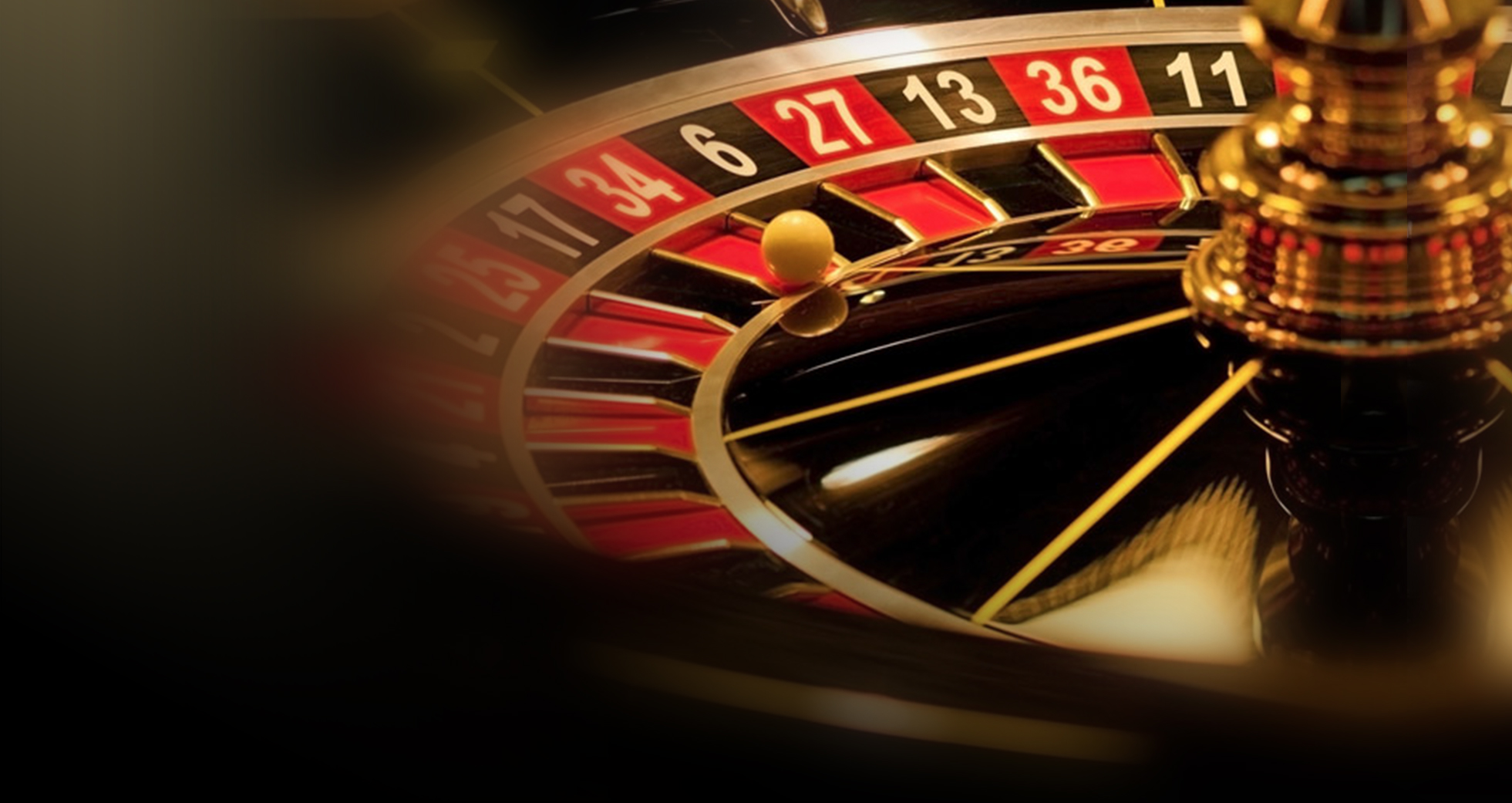A Cultural Effect of Gambling Slots Across the World
Worldwide, the allure of casino slots games has captivated millions, transcending cultural boundaries and appealing to varied crowds. From the bustling casinos of Vegas to the lively gaming halls of the gaming hubs in Macau, these enchanting machines have become icons of anticipation and eagerness. The whirling reels and colorful graphics draw players into enthralling experiences, creating a distinct blend of fortune and fun that strikes a chord with people from all walks of life.
As these games evolve, their impact extends beyond mere gambling; they impact popular culture, spark art, and alter social interactions. Whether it’s through cinematic representations of the casino lifestyle or the rise of digital slot games that bring the thrill of casinos to the convenience of home, the cultural significance of slot machines continues to expand. Exploring this trend reveals not just the rules of play, but also the profound relationships they establish within communities and their role in the wider scheme of recreational pastimes across the world.

History of Casino Slots
The roots of gambling slot machines can be traced back the late 19th century with the invention of the first mechanical slot machine. In 1887, Charles Fey, a mechanic from California, created the first slot machine, which had three spinning reels and a simple design with icons such as horseshoe symbols and playing cards. This machine provided users a opportunity to win cash, laying the groundwork for what would become a universal gaming trend.
As the acceptance of casino slots increased, various innovations appeared throughout the beginning twentieth century. By the early 1900s, numerous manufacturers began creating their designs, enhancing the games with new features and more intricate systems. These early machines became a staple in pubs, taverns, and ultimately started to make their way into gambling halls. By the 1960s, the mechanical slot machine was more improved with the introduction of electronic parts, leading to more diverse gameplay and higher player involvement.
The 1980s marked a significant milestone when video visual technology was added into slot machines. This development allowed for more elaborate graphics, sound effects, and themes, drawing in a wider audience. The combination of stunning visuals and engaging gameplay transformed gambling machines into a major attraction in casinos around the globe. As a result, slots evolved from plain machines into sophisticated entertainment units, reflecting shifting cultural tastes and tech advancements.
Cultural Variations within Slot Gaming
Casino slot machines have transformed in order to represent diverse cultures along with customs belonging to the respective locales wherever slot machines are utilized. For instance, in Japan, for example, pachinko devices merge features from pinball alongside classic slot machines, resulting in a one-of-a-kind gaming experience which is thoroughly entrenched within the Japanese entertainment scene. Such machines typically feature famous anime figures as well as themes, illustrating the intersection of gaming and popular culture in Japanese society.
Conversely, in the United States, slot machines often designed based on popular movies, well-known individuals, as well as symbolic imagery belonging to American society. This practice demonstrates a propensity for celebrate and monetize mass culture, allowing the gambling experience relatable for participants. These vibrant designs along with audio are designed to generate thrill while also entice gamers into slot atmosphere, highlighting American creativity for entertainment as well as technology.
In European nations and have their own specific approaches to slot games. For instance, in the UK, for instance, classic fruit devices found inside bars as well as arcades mirror community preferences in favor of traditional game styles. Such machines often emphasize basic aesthetics while also straightforward gameplay, which connect favorably to gamers that value a classic gaming experience. This kind of local variation highlights how cultural factors mold the development while also appeal regarding slot slot games in different parts of the world.
The Evolution of Casino Slot Machines
As technology continues to evolve, the prospects of casino slots appears promising and dynamic. Advancements in gaming technology, such as virtual reality and augmented reality, are likely to revolutionize how players interact with slots. Picture stepping into a virtual casino where players can interact with their environment more immersively, making the act of playing slots more thrilling and engaging than before. This transition could also attract a younger demographic, fostering a new era of casino entertainment.
Moreover, the incorporation of AI and large-scale data analytics will enhance personalization in casino slots. Players can expect games customized to their preferences, as AI assesses their patterns and actions. This customization not only makes the gaming play more fun but also encourages loyalty, as casinos strive to meet individual player preferences. Future slot games will likely feature more engaging narratives and rich content, expanding the boundaries of traditional gameplay.
Finally, the rise of mobile gaming will continue to shape the landscape of casino slots around the world. As more players opt for smartphones and tablets for entertainment, casino operators will concentrate efforts on optimizing their games for mobile devices. This ease of access allows for more accessible play, with players able to enjoy their favorite slots anytime and anywhere. As the global gaming market grows, the advancement of casino slots will play a vital role in drawing new players and keeping the excitement of existing fans. trang cá cược bóng đá
